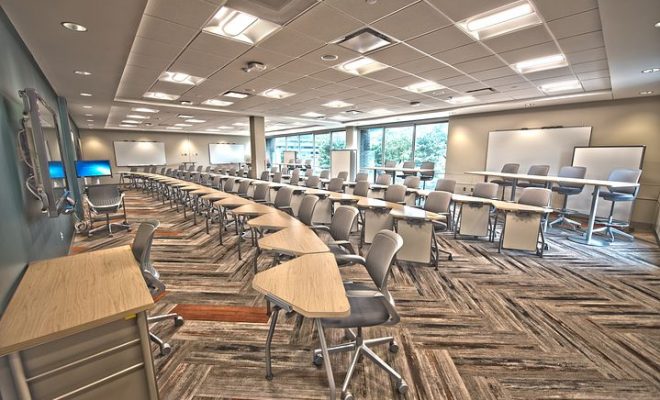Why EdTech Alone Can’t Change America’s Schools

Education is a complex system. Edtech is only one part of this system. Throughout history, technology fails when it is not instituted in an intentional way that empowers users. Recent research in education demonstrates that edtech alone is not transforming learning environments to student-centered classrooms. The reasons for this range from the lack of purpose to inadequate professional development, and relying on prior experiences.
Lack of Purpose and Intention
There are a plethora of new tools every year. So much so that you will quickly find resources based on a search of “Top Edtech Tools of 2017.” When these lists are scanned longitudinally, it is easy to see tools on lists from a few years ago that no longer exist. This rapid change means that educators do not have a lot of time to evaluate and decide how to use a technology in the classroom. Also, when a tool is not stable, it makes it hard to transform teaching.
Therefore, edtech that is not used for a particular purpose and intention will not be centrally integrated into the classroom. Choosing flashy tools or simply using them to replace an existing process does not lead to effective change.
Inadequate Professional Development
All educators need professional development. However, this training does not always lead to transfer in the classroom. Often, the PD is not connected to the classroom and is led by people who do not have a local awareness of needs and does not leave enough time for application.
This inadequacy can be partially attributed to decisions made on the use of technology in the classroom. The historical context of attempting to replace the teacher with technology both conveys a negative relationship between technology and teacher and assumes that simply placing the technology in the classroom is enough to fix education. Both of these things could not be further from the truth. Technology repeatedly fails to replace the teacher from radios to video reels to the internet. At the same time, teachers need quality time in which to transform teaching with the use of technology.
When the technology department decides on a new tool or technology initiative, there is often associated training. While this training is a good start, educators need more. They need to go beyond how the tool works to how it can be used to transform classrooms. They need time to practice and role play scenarios in which this technology can be used. Not only does this give teachers the confidence needed to try these tools in the classroom, but it can also create a community of learners in which a sustained conversation over an educational technology occurs.
Modeling Previous Experiences
Many pre-service teachers have the opportunity to learn the latest educational theory and how this theory plays out in the classroom. They get to do cool things and have access to several of the latest tools and technologies. However, they also likely spent the last 12 years of their schooling in an environment in which the teacher consistently lectured and students responded at designated times.
It is this experience that is hard to shake. Borrowing from another concept in education, modeling is a beneficial pedagogical strategy. After watching a certain way of teaching throughout their childhood, it can be tough to shift identities and assume the role of facilitator of the classroom. When research finds that teachers simply incorporate an educational technology into their current teaching practice, rather than significantly revising the way content is delivered, it can often be attributed to the modeling of teaching in context. Even the best professional development and intention can fail without a model on which to base technology integration.
Edtech needs to be used in conjunction with whole system change. As Robert Bransford postulated in 1988, schools are operating near maximum efficiency for the current regime. Just employing edtech solutions is piecemeal change; thus ineffective for improving America’s schools by itself. Educational technology is only one piece of an overhaul to student-centered learning environments. Therefore, its’ inclusion along with other effective change will have a greater impact than the isolationist use of technology.






